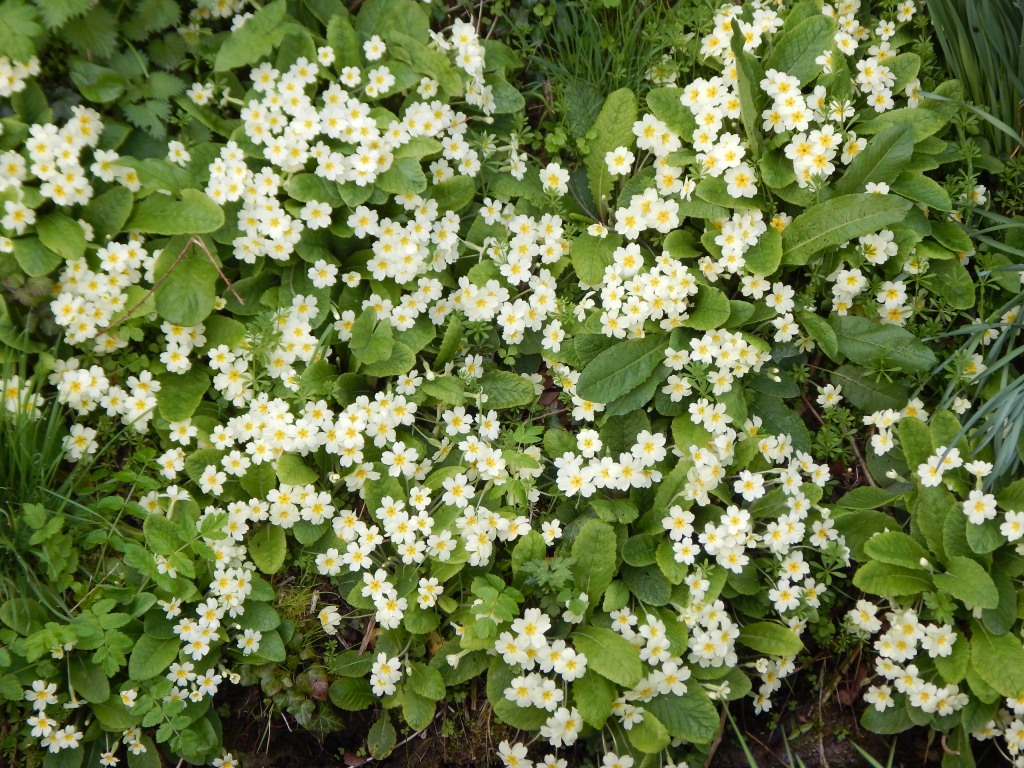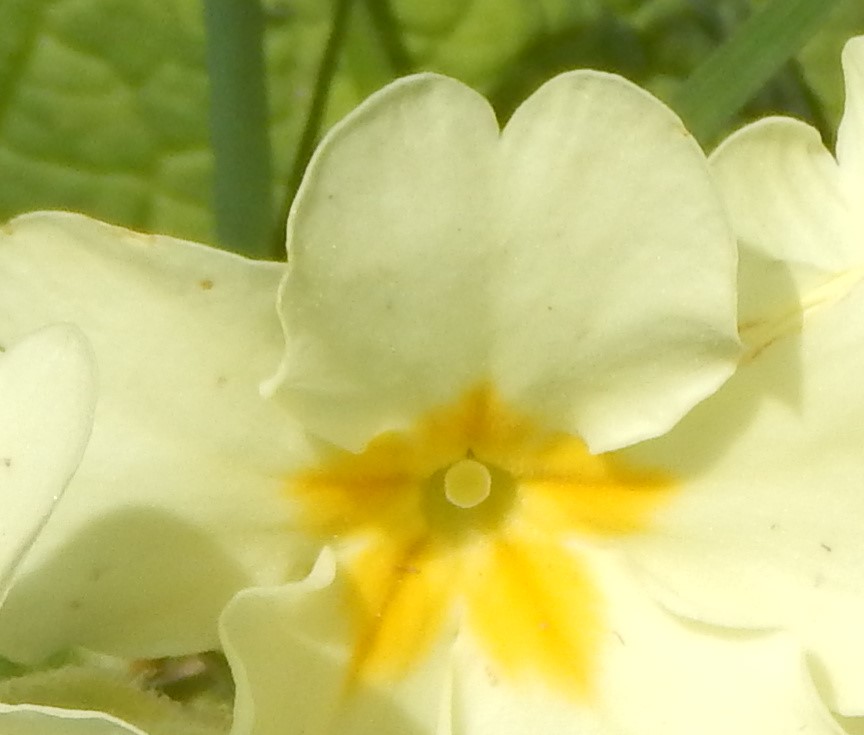
[277] Primula vulgaris, Primrose
Introduction
Primula vulgaris, the (Common) Primrose, is a common and widespread wildflower associated with meadows and agricultural grassland, a close relative of [276] Primula veris, the Cowslip.
I will also briefly consider the rest of the Primula genus today.
Primula veris is also known as English Primrose and some other species in the family Primulaceae are also called Primrose.
The word primrose can be used for a light yellow colour and the flowering plants called [241] Evening Primrose are not close relatives. Oher plants in the family Onagraceae are also called Evening Primrose.
Taxonomy
Kingdom – Plants
Division – Vascular Plants
Class – Angiosperms (Flowering Plants)
Order – Ericales
Family – Primulaceae
Subfamily – Primuloidea
Genus – Primula
Scientific Name – Primula vulgaris
Cultivars are available.
Name
Primula is a diminutive of the Latin primus meaning first as the flowers appear early in spring. Primrose comes from the Latin prima rosa, first rose.
[You will have absorbed enough Latin by now to recognise that primus becomes prima to match the feminine rosa!]
Primulaceae
You can get an idea of the sort of things that are happening in the Taxonomy of plants if you look at this family. It used to be one of three families in its own order Primulales, but changes have come from molecular phylogenetics. (That’s what I usually call DNA analysis.) The order Primulales was merged into Ericales and became a new greatly enlarged family Primulaceae. The families within Primulales became subfamilies and the old Primulaceae became the subfamily Primuloideae. [This is a simplification. It has all changed at least three times this century and not everyone uses the same system.]
Description
There are about five hundred species of Primula, most of which are localized in mountainous areas of the Himalayas, eastern Asia and the Americas. They don’t all look similar to our familiar British species.
Primula vulgaris is a small evergreen perennial plant, growing from an almost flat circular arrangement of large, wrinkly leaves. Without the flowers it does look a lot like the Cowslip.



In spring it bears lots of five-petalled star shaped flowers, usually light yellow in colour with a darker yellow centre.



It is not known which insects pollinate the plants but gey are visited by Butterflies, Bees, Beetles and Flies – especially [052] Bumble Bees, [053] Bee Flies and very small beetles.
Habitat and use
The native area of Primula vulgaris is western and southern Europe. It is found near streams, under bushes and near trees, sometimes in meadows.


Many varieties of Primrose are cultivated as garden plants including other species of Primula, including Primula veris, and hybrids. Some hybrid cultivars from Primula vulgaris x Primula veris are called Polyanthus. Almost all cultivated Primula come from just four species.








Other Notes
The flowers are hermaphrodite (the most common form, with both male and female parts.) Most, but not all plants, are Heterostylous, having two slightly different forms. Individual plants bear either pin flowers (longuistylous) with the capita of the style prominent, or thrum flowers (brevistylous) with the stamens prominent. Fertilisation can only take place between pin and thrum flowers. Pin-to-pin and thrum-to-thrum pollination is ineffective.
These are the best pictures I can find of pin (three pictures) and thrum types.




This looked familiar when I saw it but I had to look through Wikipedia to find the plant I wrote about that is also heterostylous. It was [216] Purple Loosesestrife, which is tristylous, with three forms of flowers.

See also
You have seen Cowslip already, unless you decided to read this one first.

Pingback: [304] Rosa canina, Wild Rose | The Species of Britain